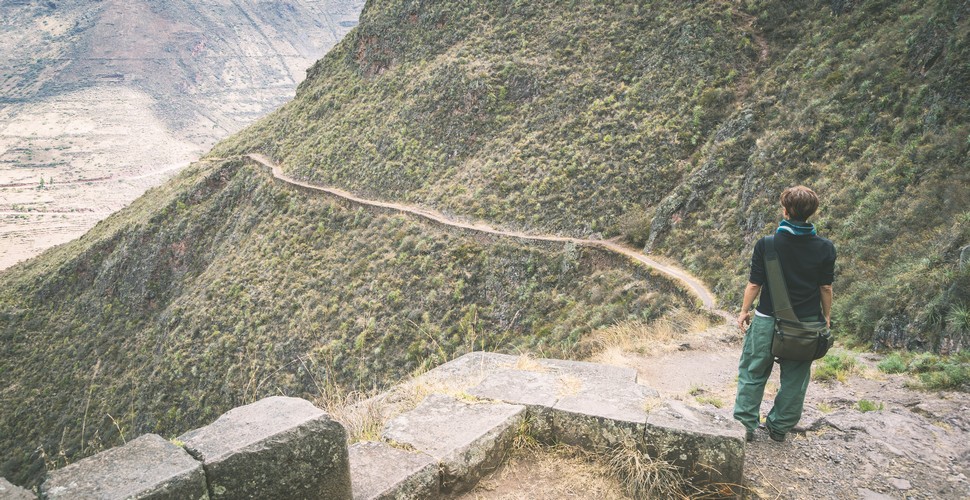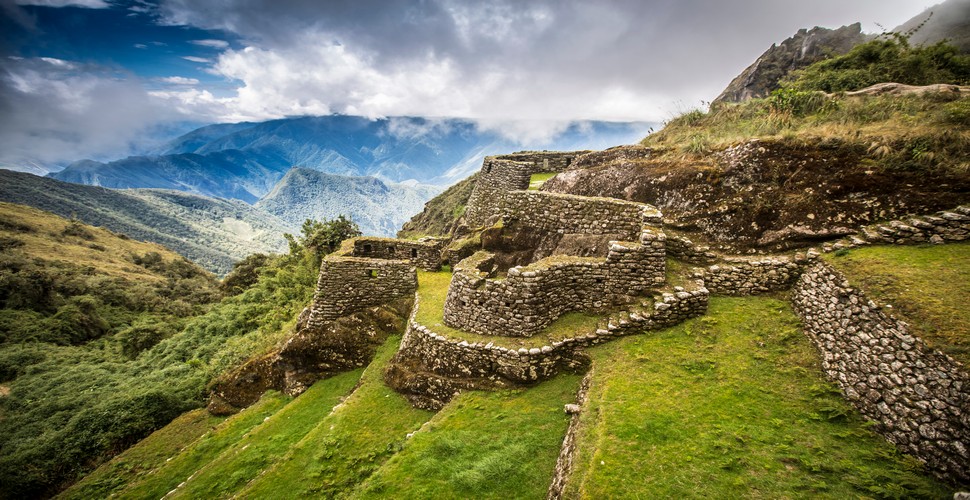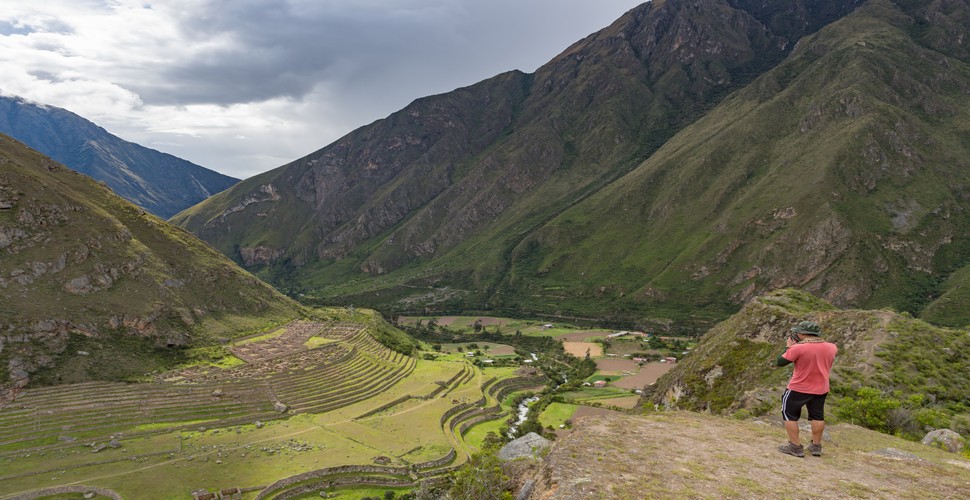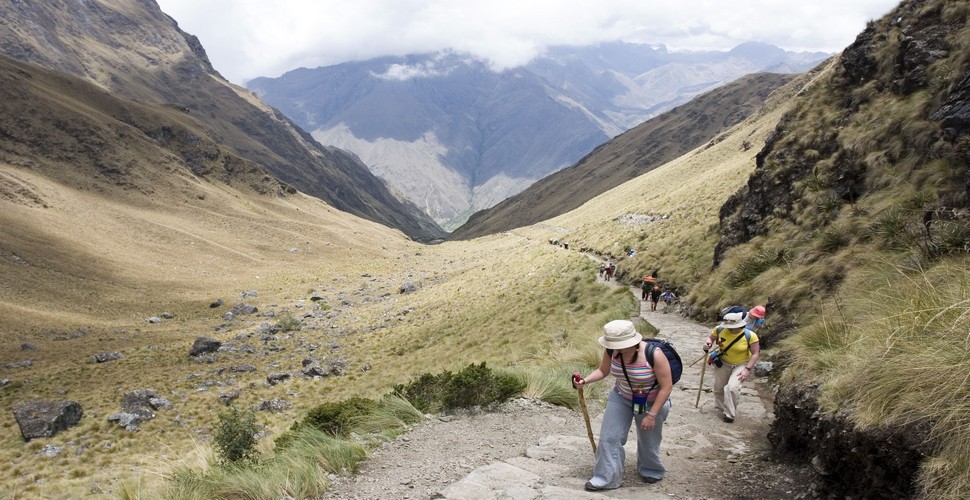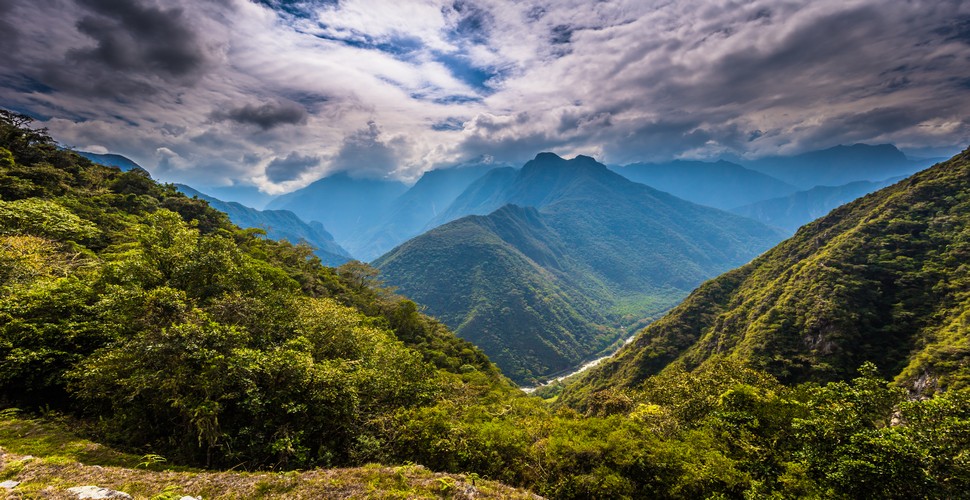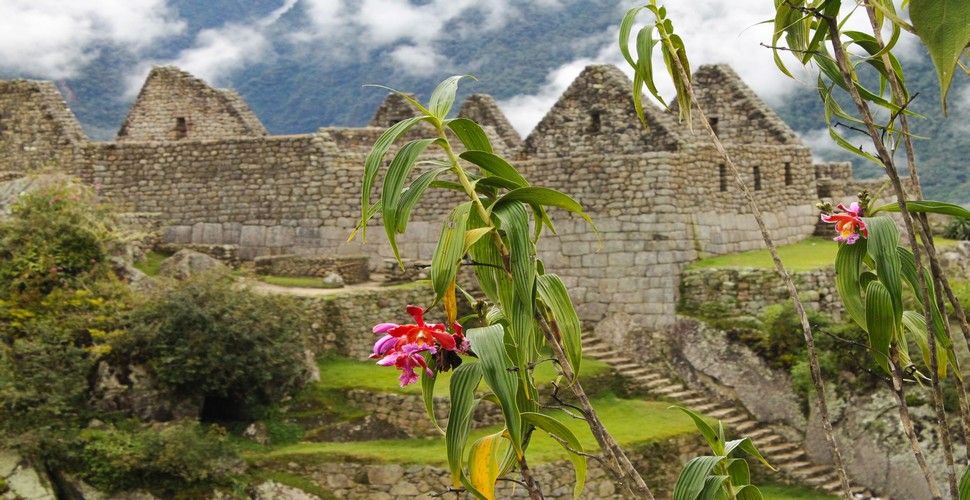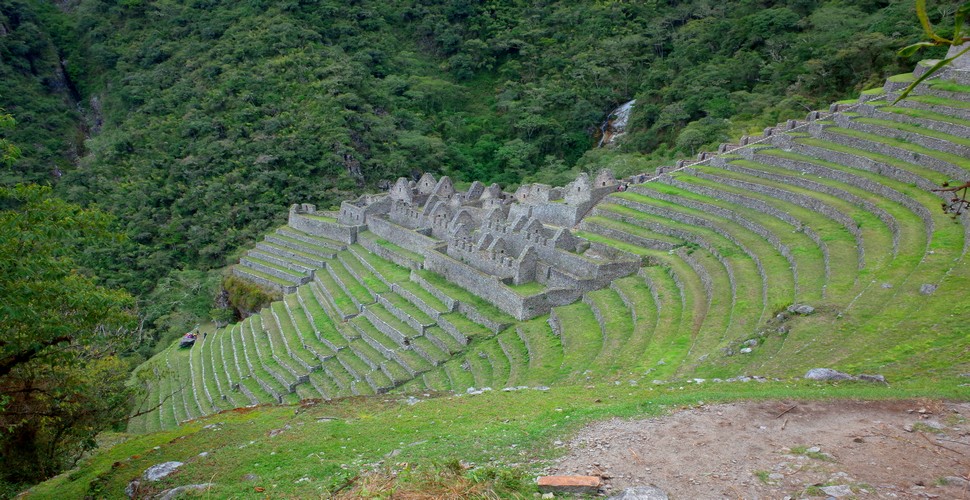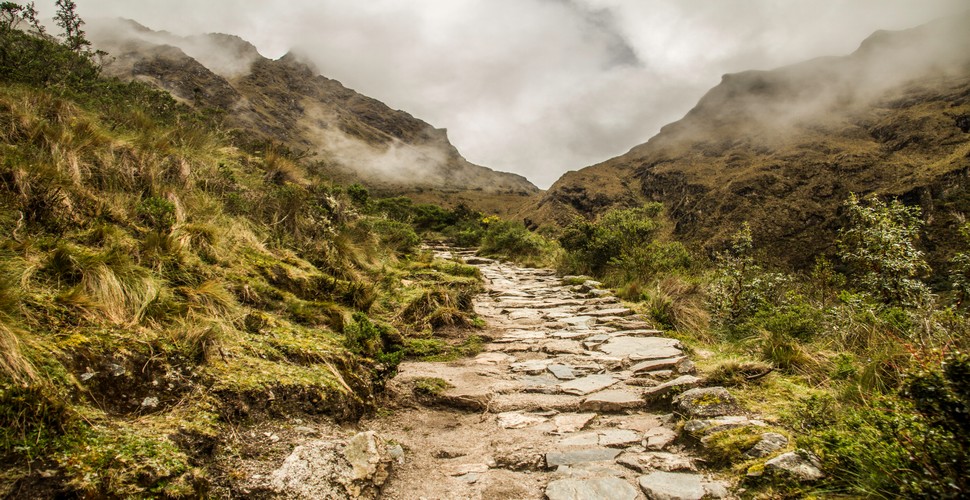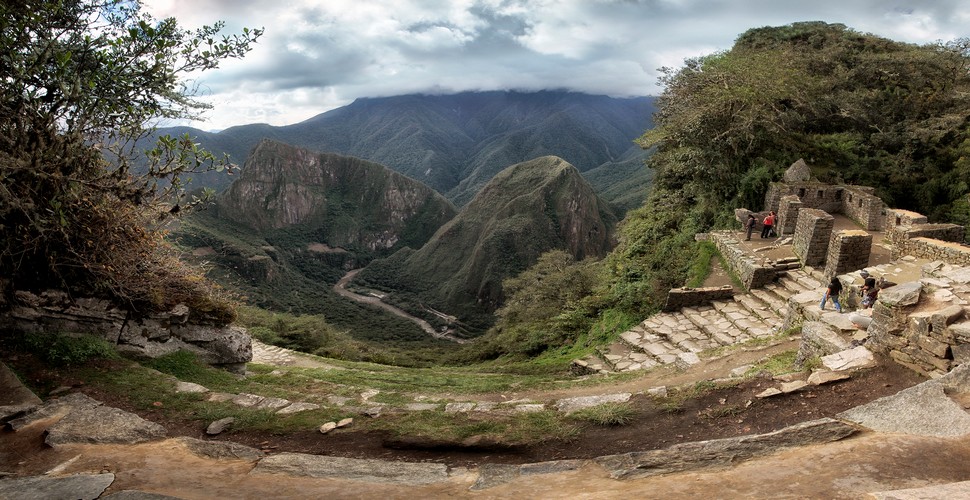

Claire Dean
Travel in South America is a joy to behold. The rich variety of destinations, experiences, landscapes and geography fascinated me so much, that I chose to relocate here, over 20 years ago! The best thing I ever did! Allow me to share my knowledge and passion for Central and South America with you and help you plan your holiday of a lifetime!

Capturing the Mystical Journey along the Inca Trail
Written by:Claire Dean
Last Update: 2025-02-27
The iconic Inca Trail is the most famous trek in Peru that will take you to the remarkable Inca archaeological site of Machu Picchu. The trail holds an irresistible allure for adventurous travel photographers and the trail itself is a testament to the human spirit, carved into the rugged Andean mountains centuries ago by the Incas. For photographers, the Inca Trail offers a remarkable opportunity to capture the beauty, history, and mystique of this captivating trek through the lens. Find out more about why the Inca Trail is the perfect trek for travel photographers.
Contemplating The Inca Trail
A Tapestry of Natural Beauty
Begin your photographic journey by capturing the iconic sign marking the start of the Inca Trail at Km 82. It's a great way to document the beginning of your adventure. As you embark on the Inca Trail, you'll be greeted by a breathtaking tapestry of natural beauty. Towering mountains command the horizon, their snow-capped peaks reaching for the heavens. The verdant valleys below are blanketed in lush vegetation, adorned with vibrant orchids and delicate wildflowers. Cloud forests shroud the landscape, adding an ethereal touch to the surroundings. This abundance of natural wonders provides photographers with endless opportunities to capture awe-inspiring vistas, dramatic landscapes, and intricate details found within this ecological treasure trove.
Stunning Landscapes
A Glimpse into Ancient Civilization
The Inca Trail weaves its way through history, guiding travelers past the remnants of the once-great Inca civilization. Along the way, you'll encounter a myriad of ancient ruins and settlements, each with its own story to tell. The first is Llactapata. This archaeological site offers a beautiful vantage point to capture panoramic views of the surrounding mountains and valleys. The terraces and ruins make for interesting compositional elements. The perfectly carved stonework, ingeniously constructed terraces, and intricate carvings serve as a testament to the advanced engineering and artistic prowess of the Incas. As a travel photographer, you'll have the privilege of capturing these architectural wonders, immortalizing the craftsmanship and cultural heritage of the Inca civilization.
Man Photographing Llactapata
Dead Woman´s Pass
Dead Woman's Pass or Warmiwañusca in the ancient Inca language of Quechua, is the highest point on the Inca Trail, reaching an elevation of about 4,215 meters (13,828 feet), it offers stunning vistas of the rugged Andean landscape. Photographing the trail winding up the mountain or fellow trekkers conquering the pass can create compelling images.
Dead Woman´s Pass
The Play of Light and Shadows
One of the most captivating aspects of photographing the Inca Trail is the play of light and shadows. With the trail traversing diverse landscapes and altitudes, you'll witness a symphony of light throughout the day. The rising sun casts a golden hue over the mountaintops, illuminating the path ahead and painting the surroundings with warm tones. During sunset, the mountains bask in a fiery glow, creating a mesmerizing backdrop for your photographs. Even during the midday hours, the interplay of light and shadows adds depth, texture, and a touch of mystery to your images, enhancing the visual storytelling and evoking a sense of awe.
Incredible Cloud Cover
Connecting with Nature
Remember, besides these specific spots, the entire Inca Trail presents opportunities to capture the natural beauty, diverse flora and fauna, and the spirit of adventure. Be sure to have your camera ready to document the landscapes, fellow trekkers, local flora and fauna, and the unique cultural experiences along the way. The Inca Trail offers a unique opportunity to connect with nature on a profound level. As you trek through its varied ecosystems, you'll encounter an astonishing array of flora and fauna. Keep your camera at the ready as you capture the delicate petals of orchids, the vibrant plumage of exotic birds, and the scurrying of wildlife amidst the foliage. Take the time to embrace the tranquility of the trail, immersing yourself in the symphony of sounds and the scent of the earth. By capturing the intricate details of nature, you'll not only create stunning photographs but also foster a deeper appreciation for the environment that surrounds you.
Orchid at Machu Picchu
WiñayWayna
The stunning archaeological complex of Wiñaywayna is one of the most impressive on the trail. The terraces, fountains, and stone structures offer great photo opportunities. Additionally, the location provides picturesque views right across the Urubamba River Valley.
WiñayWayna
Preserving the Trail
While capturing the beauty of the Inca Trail, it is essential to remember the responsibility that comes with travel photography. As visitors, we must prioritize the preservation of this sacred trail for future generations. Be mindful of the environment and adhere to designated paths, minimizing your impact on the delicate ecosystem. Follow ethical photography practices, respecting the cultural heritage and privacy of the sites and people you encounter. By documenting the Inca Trail responsibly, you contribute to the ongoing conservation efforts and help raise awareness about its significance.
Original Inca Trail
Arriving at the Sun Gate
The Sun Gate is an ancient stone structure situated along the Inca Trail, which is the popular hiking route that leads to Machu Picchu. It is positioned on a mountain ridge overlooking the ruins of the ancient Inca city. The Inti Punku is believed to have served as an entrance or checkpoint for those entering Machu Picchu. Historically, the Sun Gate held significant cultural and religious importance for the Incas. It aligned with the rising sun during the winter solstice, and it is believed that it was a place of worship and observation of celestial events. The sun gate also offers stunning panoramic views of Machu Picchu and the surrounding mountains, a well as phenomenal photographic opportunities.
Sun Gate
So, for photographic opportunities, the ancient Inca Trail has it all. With stunning mountain scenery, Inca archaeological sites, unique flora and fauna, and a magical mystery that cannot even be put into words, making it the perfect trek for every Travel photographer's ideal Peru Vacation. Find out more here.


